Presence, the latest experiment from Steven Soderbergh, isn’t quite what the trailer—or the festival buzz—might lead you to expect. If you’re bracing yourself for a standard psychological horror packed with jump scares and flickering lights, you might want to reconsider. But if you’re in the mood for something stranger, something that quietly gets under your skin and puts you into a creative mood then Presence is exactly the kind of cinematic experiment that you need to sign up for.
The film premiered at Sundance this winter, reportedly sending some audience members scurrying out of the theater. Whether that’s more down to the film’s intensity or a clever bit of reverse psychology marketing is up to you to decide. What’s certain is that Presence is a departure from typical genre fare—leaning more into psychological drama with a light seasoning of the supernatural rather than full-blown horror. Distributed by NEON, the same company behind Oscar darling Anora, the film marks another collaboration between Soderbergh and screenwriter David Koepp. This time, the duo trades fast-paced thrills for something more meditative—though the sense of tension is definitely present (muhaha).
At first glance, the setup seems familiar: a family moves into a new suburban house. Rebecca (Lucy Liu), Chris (Chris Sullivan), and their teenage kids, Chloe (Callina Liang) and Tyler (Eddy Maday), are all looking for a fresh start. The house is pretty and deceptively serene—at least until the family starts suspecting they’re not alone. But if you’re waiting for poltergeists to start flinging furniture or blood to drip from the walls, you have settled into the wrong seat of the wrong screening room.
What makes Presence unsettling isn’t what happens—it’s how we see it. From the very first shot, we realize the camera isn’t just showing us the house—it is the house, or rather, whatever unseen entity might be lurking within its walls. The entire movie is filmed from a POV perspective, drifting through rooms, peeking around corners, and watching the family from a distance and occasionally, from an uncomfortably close proximity. It’s an audacious stylistic gamble, one that will probably divide audiences. If you’ve ever played a video game like The Stanley Parable or Gone Home, you’ll recognize the disembodied, voyeuristic quality of the camera work. Reportedly only a gimbal and a Sony camera were used for camerawork.
Reportedly shot in just 11 days, with Soderbergh editing in the backseat of his car on the way home from set, the film’s production matches its stripped-down aesthetic. The lighting is almost entirely practical—table lamps, daylight filtering through blinds—giving the whole thing a lived-in, faintly off-kilter atmosphere. Occasionally, the colors lean toward the overly pale or inconsistent, but the overall effect is so intimate that it’s hard to care.

Source: CBR
The script is a standout here. Koepp’s dialogue unfolds in long, unbroken takes, with only around 30 cuts in the entire film—practically unheard of in an era when most movies rack up closer to 200. Conversations rise and fall naturally, whether it’s Rebecca’s hushed business calls hinting at some shady financial dealings or Chloe’s strained chats with her brother’s new pal as she struggles with grief. The family’s dynamics feel messy, unresolved—and fairly real.
Grief is the film’s beating heart. Chloe is mourning the recent loss of her best friend, Nadia, who died under mysterious circumstances—one of two girls in her circle to suffer the same fate. As she wrestles with her own guilt and trauma, the house seems to take on those feelings, absorbing them into its creaking floorboards. Liang’s performance is quietly devastating—her angelic face betraying just how much turmoil is bubbling beneath the surface. Sullivan portrays the father close to a full-on breakdown with nuance, truthfulness and naturalism. Although, overall, the characters could have been more fleshed out, the performances do elevate the game here.
There’s a psychic (of course there’s a psychic), and a couple of shady side characters—including Ryan (West Mulholland), a neighborhood boy whose friendship with Tyler quickly morphs into something more sinister. But Soderbergh keeps the focus squarely on the family and their fractures. The supernatural elements are more of a suggestion than a spectacle, but I loved how classic psychological horror elements meet with experimental, bold choices in Presence.
By the end, the film reveals that the unseen force haunting the house can’t leave until its business is finished—just like the family themselves. Whether or not you buy into the film’s metaphysical undercurrents, there’s something undeniably poignant in the idea that some places—and some people—hold onto pain for longer than they should.
I am fairly certain: Presence won’t be for everyone. The camera work alone will probably drive some viewers up the wall. But for those willing to surrender to its strange rhythms, it’s a quietly haunting meditation on grief, memory, and the things that follow us—even when we think we’ve left them behind.
Presence is now available on Apple TV.
~ by Dora Endre ~

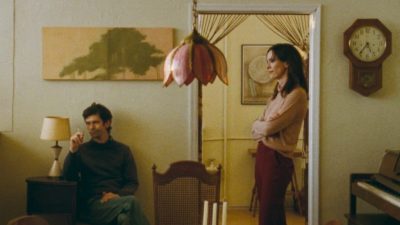
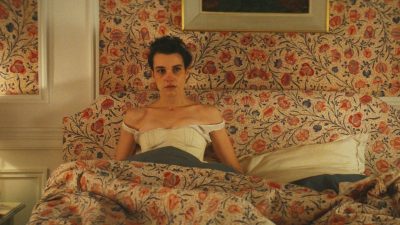
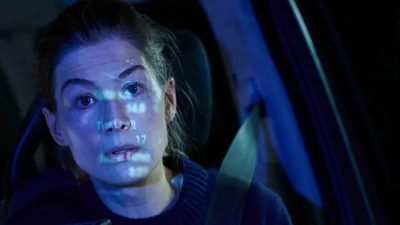
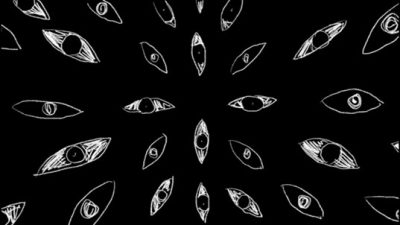
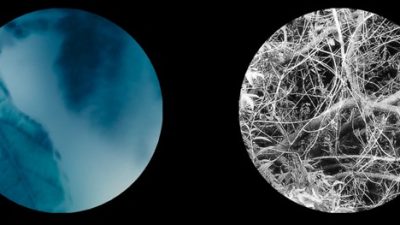

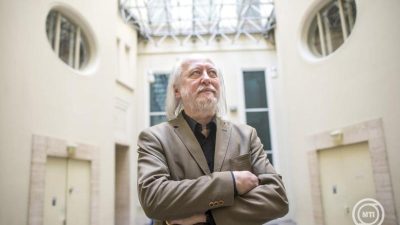
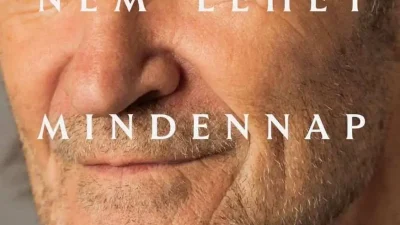
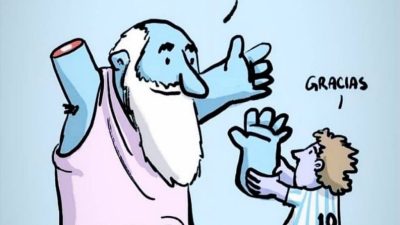
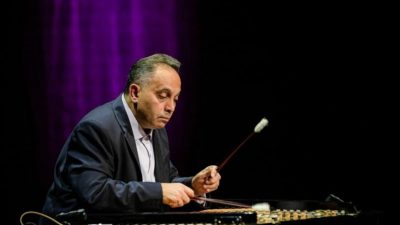
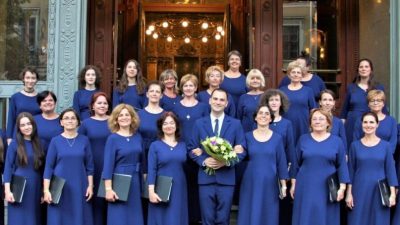

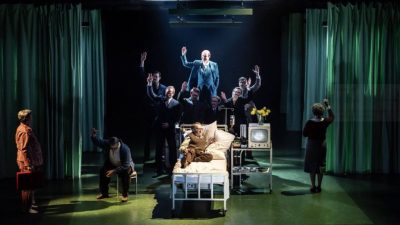
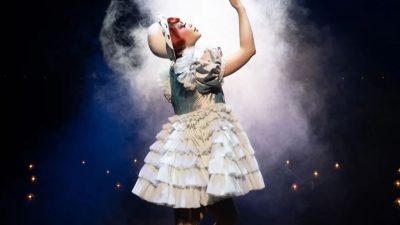
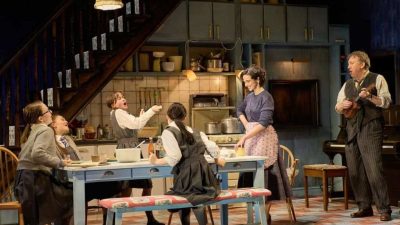



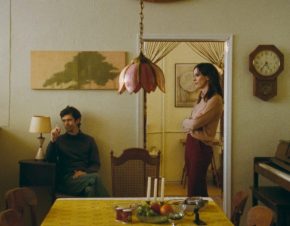
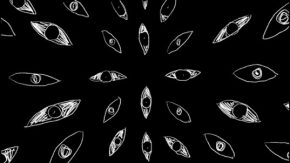


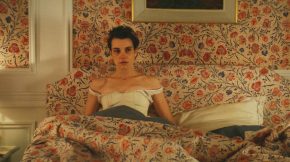

Comments